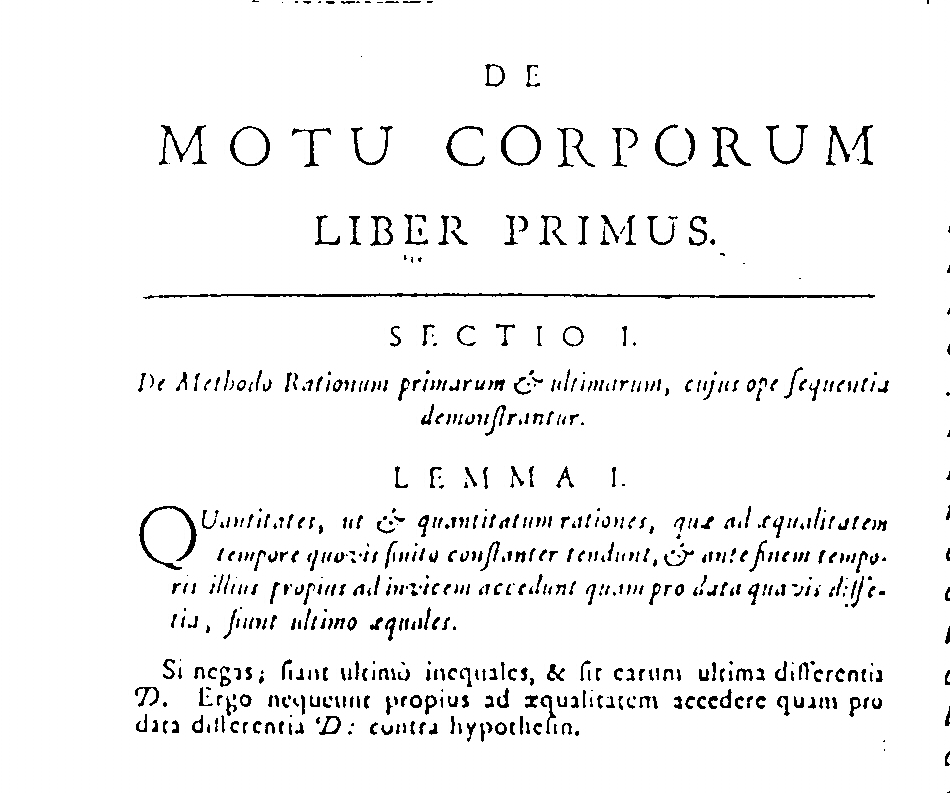A Museum for Mathematics
| The Garden of Archimedes
A Museum for Mathematics |
 Gottfried Wilhelm Leibniz
Gottfried Wilhelm Leibniz
Given the axis AX and a set of curves such as VV, WW, YY, ZZ, and let VX, WX, YX, ZX be the ordinates of a point on the curves, perpendicular to the axis: the latter will be said v,w,y,z respectively; and let the segment AX, cut on the axis, be named x. Let the tangents be VB, WC, YD, ZE, meeting the axis respectively in the points B, C, D, E.
Now let any segment, choosen arbitrarily, be named dx and a segment that is to dx as v (or w, or y, or z) is to BX (or CX, or DX, or EX) be said dv (or dw or dy, or dz) which is the difference of those very v's (or of those w's, or y's, or z's).
Given that this is true, the rules will be:
ifis a given constant quantity, then
and
.
If y=v (that is if any ordinate of the curve YY is equal to any corresponding ordinate of the curve VV), then.
Addition and subtraction :
if, then
.
[...]
given a relation between flowing quantities, find the relation between their functions and vice-versaa proposition which already appeared under the form of an anagram in a letter written to Leibniz in 1676. Thus for example, if
 Isaac
Newton
Isaac
Newton
Section I
Method of prime and ultimate ratios with which one can demonstrate the following
Lemma I
Quantities and relations between quantities tending constantly to equality in a given finite time and approaching each other before the time has expired more nearly than any given difference, become ultimately equal.
If this were not true they would be unequal in the end and D would be their final difference. Thus they will not tend to equality more than the given difference D. And this would be contrary to the hypothesis.
 Isaac Newton
Isaac Newton
From now on I shall call these flowing quantities, which I shall consider gradually and indefinitely increasing and represent with the last letters of the alphabet u,y,x and z, so that they can be distinguished from the other quantities in equations, that are considered known and defined, and these are the ones indicated with the initial letters of the alphabet a, b, c, etc.
Velocities instead, of the flowing quantities increasing due to the movement that generates them (velocities which I call fluxions or simply velocities) are expressed with the same letters pointed, thus,
,
and
. In other words, for the velocity of the quantity u I shall put
, and in the same fashion for the velocities of the other quantities x, y and z, I shall write respectively
,
and
.
Having said this, I shall proceed to treating the subject introduced and I will start by giving the solution of two of the problems posed earlier.Problem I
Given a relation between flowing quantities, determine the relation between their fluxions.